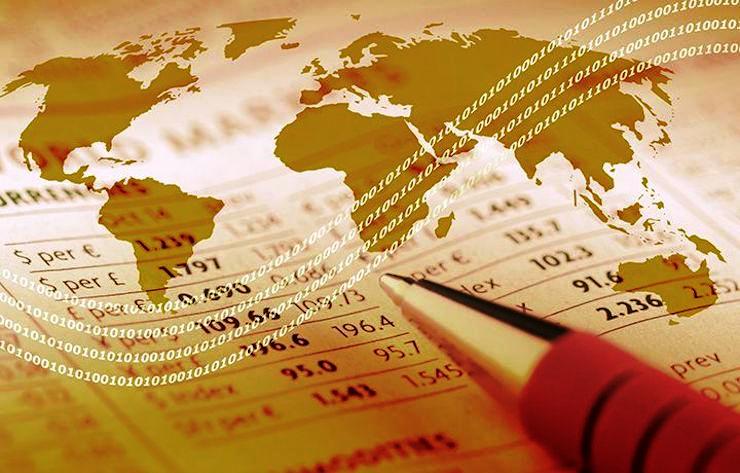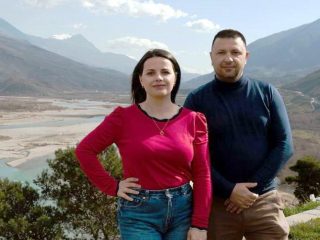Somalia: Endless War.
The country has been struggling with extreme weather changes, violence and disease for nearly 30 years and is increasingly subject to severe climate shocks that are worsening a prolonged humanitarian crisis. Here are seven things we should know about the crisis
in Somalia:
1. It’s a complex crisis
The humanitarian crisis in Somalia is one of the longest and most complex in the world. The country is experiencing both armed conflict and worsening climatic shocks across different regions, a dangerous combination that has resulted in massive displacements, both within Somalia and across its borders. Through 2018, more than 880,000 Somalis became displaced from their homes. 300,000 fled from fear of violence and attacks, and over 500,000 mostly farmers and pastoralists were displaced due to the impacts of climate shocks such as flooding or drought. Pastoralists raise and herd livestock as their main source of income and are commonly located in drylands. Pastoralist communities represent 60 per cent of Somalia’s population.Last year, an additional 575,000 Somalis were displaced from January to November adding to more than four million Somalis in need of humanitarian assistance. Providing aid is difficult because the many internally displaced people are located in areas with active armed conflict and limited infrastructure.
2. People are suffering from the impact of extreme weather conditions
In 2011, 260,000 people died from a famine in Somalia. Half of them were children. Five years later, Somalia experienced another prolonged drought from 2016 to 2017 that displaced over a million people. Last year, the impact of drought threatened hundreds of thousands lives, placing additional strain on communities, stretching available humanitarian resources and displacing 300,000 people. Displaced people, particularly children, mothers and the elderly are now facing serious hunger, health and protection risks in an area already receiving little to no humanitarian assistance due to insecurity and conflict.
3. The country has experienced extended violent conflict
Somalia has experienced armed conflict for nearly three decades. In recent years, non-state armed groups have carried out bombings, suicide attacks, armed assaults and kidnappings. At the same time, military operations have resulted in the sporadic death, injury and displacement of civilian populations. In some areas, civilians are required to pay fees to armed groups or are pressured to participate in hostilities, and in others, clan-related conflict is increasing among pastoralist and farming communities as natural resources decrease due to flooding and drought. All of these aspects make for a very challenging environment to deliver assistance. For several years, violence has prompted populations to flee to urban areas where aid is more accessible.
4. Poor health and communicable diseases are killing people
Massive displacement and food insecurity have a major effect on the health of the population. 1.5 million people need humanitarian assistance. Almost one million children risk being acutely malnourished, carrying severe implications for their future health and that of subsequent generations. This is among one of the factors that cause one out of seven children to die before they reach five years old. On top of that, Somalis are exposed to serious risks from the outbreak of diseases such as cholera, measles and diarrhoea, spread easily in congested living conditions and where there is a lack of clean water and sanitation.
5. People are fleeing to the big cities
The different factors within Somalia’s crisis are forcing people to move to urban areas to seek humanitarian assistance. Many urban migrants live in camps or informal settlements and have limited access to information about their rights and available services. Families set up makeshift shelters wherever they can, putting them at risk of violence, exploitation, abuse and disease. The need for space, food, water and shelter places strain on resources in urban areas. The capacity of host communities with limited systems in place are then stretched, leading to forced evictions and extreme vulnerability among displaced populations. Over many years, Somalis have also fled to neighbouring countries such as Kenya, Ethiopia, Uganda and Yemen. Some people are now returning to Somalia, either in the hope of re-establishing their lives or due to a lack of safety in the country they have fled to for protection.
6. Somalia is hosting other refugees
Somalia also receives refugees from its neighbouring countries. The country currently hosts 39,000 refugees, mostly from Ethiopia and Yemen. In the coming months, Somalia expects to receive over 90,000 returnees that have been seeking refuge in Kenya and Yemen.
7. Women, children and minorities are the most vulnerable
Women, children and members of minority groups are particularly vulnerable during displacement. Women and girls, especially those living in informal urban centres, are at risk of gender-based violence, and often have less access than others to opportunities to earn a living. A lack of sufficient infrastructure forces many women and girls to walk in dangerous areas to find water or firewood, exposing them to additional risks and causing many to seek support from aid agencies. Female-headed and child-headed households, and members of minority groups become more vulnerable due to the absence of their social and community networks. Displaced people that belong to different clans than that of their host community face an increased risk of violence and abuse. One third of those who need assistance are children, most of whom are out of school. This makes them more vulnerable to exploitation through child labour, including possible use in hostilities.
Tria Garcia




















